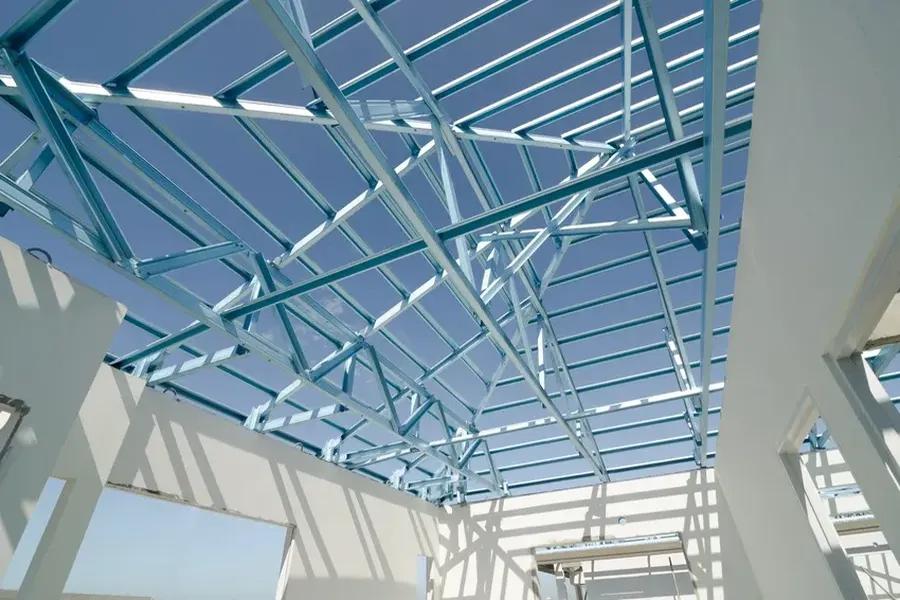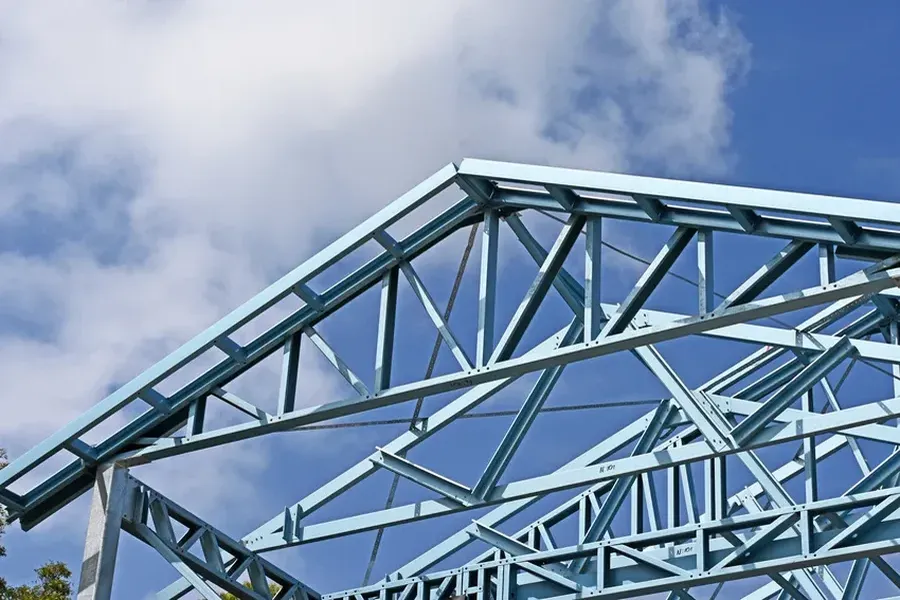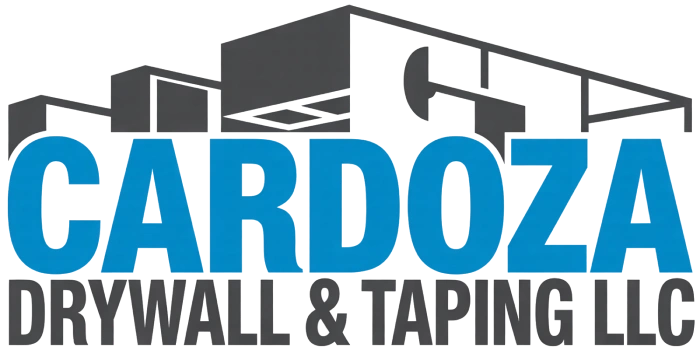An Overview of Material Choices in Wall Construction
When building walls, choosing the right framing material is crucial. Both metal and wood offer unique advantages, depending on your specific needs and circumstances. Understanding these differences can help you make informed decisions for your projects. This guide will explore key aspects of both types of framing to assist you in selecting the best option for your construction needs.

Benefits of Using Metal in Wall Framing
Metal offers several advantages for wall framing. Firstly, it is highly resistant to pests such as termites, ensuring long-term durability without the need for chemical treatments. Secondly, metal does not warp or shrink with changes in humidity, maintaining structural integrity over time. Additionally, it is non-combustible, enhancing fire safety within buildings.
Advantages of Wood Framing
Wood framing brings its own set of benefits to the table. It is generally more cost-effective than metal, making it a preferred choice for budget-conscious projects. Wood also offers excellent insulation properties, which can enhance energy efficiency within a home. Furthermore, wood is easier to cut and shape on-site, providing flexibility during construction.

Considerations for Metal Framing Installation
Using metal framing requires understanding its installation process. Special tools are often needed to cut and join metal components effectively. Moreover, while metal resists fire better than wood, it may require additional insulation to prevent heat transfer in extreme climates. Despite requiring these adaptations, metal framing can lead to long-lasting structures.
Challenges Associated With Wood Framing
Wood framing does come with certain challenges. Being a natural material, wood is susceptible to moisture damage and pest infestations without proper treatment. Warping and shrinking due to humidity changes can also occur, affecting the alignment of walls over time. These factors necessitate regular maintenance to preserve wood-framed structures effectively.
Cost Comparisons Between Metal and Wood
The initial cost difference between metal and wood framing can influence your decision. Generally, wood is less expensive upfront compared to metal. However, when considering long-term expenses like maintenance and repairs, metal may prove more economical. Evaluating both materials’ lifecycle costs ensures a comprehensive understanding of the investment required.
Best Practices When Choosing Framing Materials
- Assess your local climate to determine suitable materials.
- Consider the long-term maintenance requirements of each option.
- Evaluate the potential environmental impact of your choice.
- Consult with construction professionals for expert advice.
Conclusion: Making an Informed Decision With Your Wall Framing
Choosing between metal and wood framing for walls involves balancing cost, durability, and functionality. While metal offers longevity and fire resistance, wood provides cost savings and ease of use. Evaluate these factors in relation to your project goals. For assistance with your construction plans, contact Cardoza Drywall & Taping LLC at (818) 747-8694. Our team operates from Pacoima, CA, ready to support your building endeavors with expert guidance tailored to your needs.
